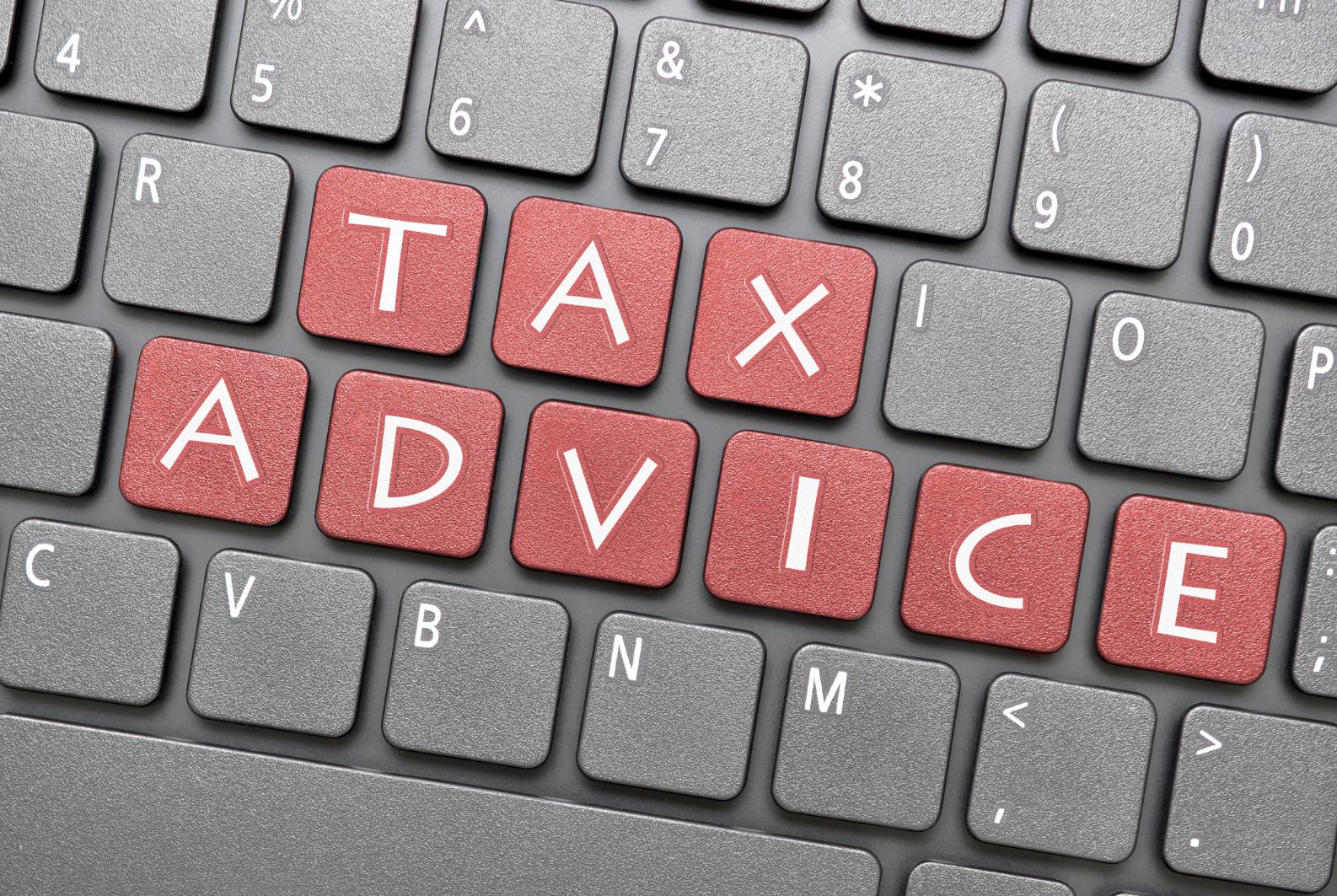Charitable giving is a wonderful way to make a difference, but did you know it can also benefit your finances? In the UK, the Gift Aid scheme allows you to boost the value of your donations to charity and, in many cases, reduce your tax bill as a result. Whether you’re an individual taxpayer or a business, understanding how Gift Aid works could save you money while helping you give back.
This blog breaks down how Gift Aid works and how you can take full advantage of this scheme to reduce your tax bill.
1. What Is Gift Aid?
Gift Aid is a UK government initiative designed to encourage charitable donations. When you donate to a charity as a UK taxpayer, the charity can claim an extra 25% on top of your donation at no extra cost to you. This means for every £100 you give, the charity receives £125!
But it’s not just the charities that benefit. As a taxpayer, you may be able to claim tax relief on your donations, particularly if you’re a higher-rate or additional-rate taxpayer.
2. How Gift Aid Works for Individuals
When you make a donation to a registered UK charity and complete a Gift Aid declaration, the charity can claim basic rate tax relief (20%) on your donation. The great part is, if you’re a higher-rate (40%) or additional-rate (45%) taxpayer, you can claim back the difference between the basic rate and your personal tax rate.
Here’s how it works:
- Basic-rate taxpayers: No additional tax relief for you, but your donation is worth 25% more to the charity.
- Higher-rate taxpayers: You can claim back 20% of the donation on your Self-Assessment tax return. For example, if you donate £100, the charity receives £125, and you can claim £25 back, reducing your tax bill.
- Additional-rate taxpayers: You can claim back 25%. For a £100 donation, the charity gets £125, and you can claim £31.25 back.
If you’re employed under PAYE, you can adjust your tax code to account for Gift Aid donations, reducing the tax deducted from your salary.
3. How Gift Aid Works for Businesses
Businesses that donate to charity can also benefit from tax relief. However, the Gift Aid scheme itself is limited to individual taxpayers. For corporations or limited companies, donations to charity are typically treated as tax-deductible expenses, meaning they can reduce your corporation tax liability.
While businesses cannot claim Gift Aid, the donations can still reduce your taxable profits, allowing you to support charitable causes while improving your bottom line.
4. Maximising the Benefits of Gift Aid
To make the most of Gift Aid, it’s important to:
- Complete a Gift Aid declaration: Make sure to fill out a declaration form for each charity you donate to, so they can claim the additional 25% on your donation.
- Keep records of your donations: Whether you’re an individual or a business, keep a record of all donations made throughout the tax year to include in your Self-Assessment tax return or annual accounts.
- Track regular donations: If you make regular donations, such as through direct debit or payroll giving, you can adjust your tax code or Self-Assessment return to reflect these donations for additional tax relief.
5. Claiming Gift Aid on Past Donations
Did you know that you can claim Gift Aid on donations you’ve made in the past? HMRC allows you to backdate Gift Aid claims by up to four years. If you’ve donated to charities in the past but haven’t filled out a Gift Aid declaration, it’s worth reviewing your donations to see if you can retroactively claim tax relief.
6. Are You Eligible for Gift Aid?
To qualify for Gift Aid, you must:
- Be a UK taxpayer and have paid enough tax in the tax year to cover the amount that the charity will claim (20% on your donation); and
- Make donations to a registered UK charity.
If you don’t pay enough tax to cover the Gift Aid claimed by the charity, HMRC may require you to pay the difference, so it’s important to monitor your total donations and tax liabilities.
7. Gift Aid for Higher and Additional Rate Taxpayers
For those in higher tax brackets, Gift Aid offers a particularly valuable opportunity to reduce your tax bill. Claiming back the extra 20% or 25% on your donations not only reduces your tax liability but also encourages greater charitable giving. With the tax savings, many higher earners can afford to give more without feeling the extra pinch.
To claim your tax relief as a higher or additional-rate taxpayer, you’ll need to include your charitable donations on your Self-Assessment tax return. This is often overlooked, but it’s an easy way to reduce your tax bill while supporting the causes you care about.
8. Boost Your Charitable Giving—Tax-Free!
One of the best aspects of Gift Aid is that it allows you to make more of a difference with every donation. Not only do charities get more from your generosity, but you also benefit from potential tax savings. Whether you’re an individual taxpayer or a business looking to give back, understanding how Gift Aid works can help you make the most of your charitable donations.
Conclusion: A Win-Win for You and Charities
Gift Aid is an excellent way to increase the impact of your charitable donations and reduce your tax bill at the same time. For higher and additional-rate taxpayers, the tax relief on donations can make a huge difference in your tax, making it easier to support the causes you believe in. For businesses, charitable donations offer a tax-efficient way to contribute to society while keeping your profits healthy.
Want to learn more about how Gift Aid can work for you or your business? Contact our team of experts today for personalised advice on charitable giving, Gift Aid, and tax-saving strategies. Let’s help you make a bigger impact while saving you money!


